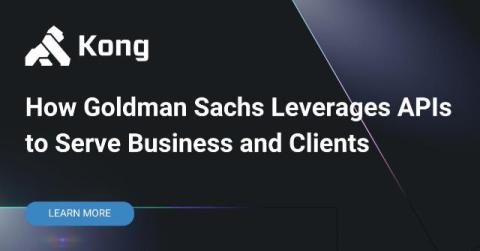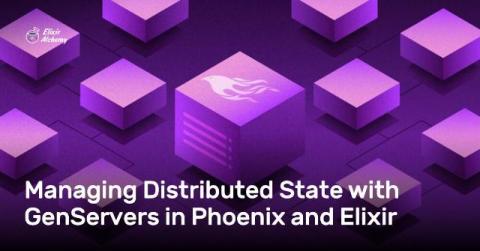The Essential Skills Required For Automation Testing
Automation testing is no longer a "nice-to-have" skill in the modern software development lifecycle (SDLC)—it’s essential. However, for many aspiring automation testers, the path to mastering these skills can seem overwhelming. We tapped into our community of 90,000+ testers to uncover what are the essential skills every test automation tester should have. Here's what they revealed, and we're excited to pass it on to you!











